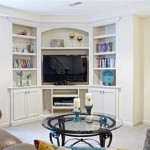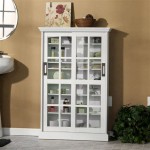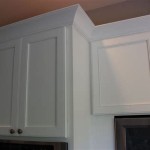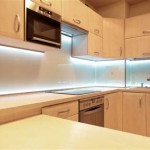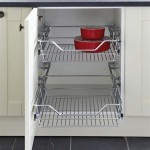How To Refinish Wood Kitchen Cabinets Without Stripping
Refinishing wood kitchen cabinets without stripping the old finish can be a great way to update the look of your kitchen without the hassle and expense of a complete remodel. Here are the steps on how to do it:
1. Clean the cabinets
The first step is to clean the cabinets thoroughly. This will remove any dirt, grease, or grime that could interfere with the new finish. Use a mild detergent and warm water, and be sure to rinse the cabinets well afterward.
2. Sand the cabinets
Once the cabinets are clean, you need to sand them lightly to create a smooth surface for the new finish. Use a fine-grit sandpaper (120-grit or higher) and sand in the direction of the wood grain. Be careful not to sand too much, or you could damage the wood.
3. Apply a primer
A primer will help the new finish adhere to the cabinets. Apply a thin coat of primer to the cabinets, using a brush or roller. Allow the primer to dry completely before proceeding.
4. Apply the new finish
Now it's time to apply the new finish. You can use a paint, stain, or glaze, depending on the desired look. Apply the finish in thin, even coats, and allow each coat to dry completely before applying the next. If you are using paint, you will need to apply several coats to get a smooth, even finish.
5. Protect the finish
Once the new finish is dry, you need to protect it from wear and tear. Apply a clear sealant to the cabinets, using a brush or roller. Allow the sealant to dry completely before using the cabinets.
Tips:
Use a deglosser to help the new finish adhere to the cabinets.
Test the new finish in an inconspicuous area before applying it to the entire cabinet.
Allow plenty of time for each coat of finish to dry completely.
Protect the cabinets from dust and debris while they are drying.
With a little time and effort, you can refinish your wood kitchen cabinets without stripping the old finish. This is a great way to update the look of your kitchen without the hassle and expense of a complete remodel.

Refinish Kitchen Cabinets Without Stripping

How To Refinish Kitchen Cabinets Without Stripping Ron Hazelton

Refinish Kitchen Cabinets Without Stripping

How To Refinish Wood Cabinets The Easy Way Love Remodeled

How To Refinish Wood Cabinets The Easy Way Love Remodeled

How To Re Worn Kitchen Cabinets Without A Complete Overhaul The Seattle Times

Refinish Kitchen Cabinets Without Stripping

How To Paint Kitchen Cabinets Without Sanding Sustain My Craft Habit

Gel Stain Kitchen Cabinets Without Sanding Fast Easy Diy

How To Re Worn Kitchen Cabinets Without A Complete Overhaul The Seattle Times
Related Posts

